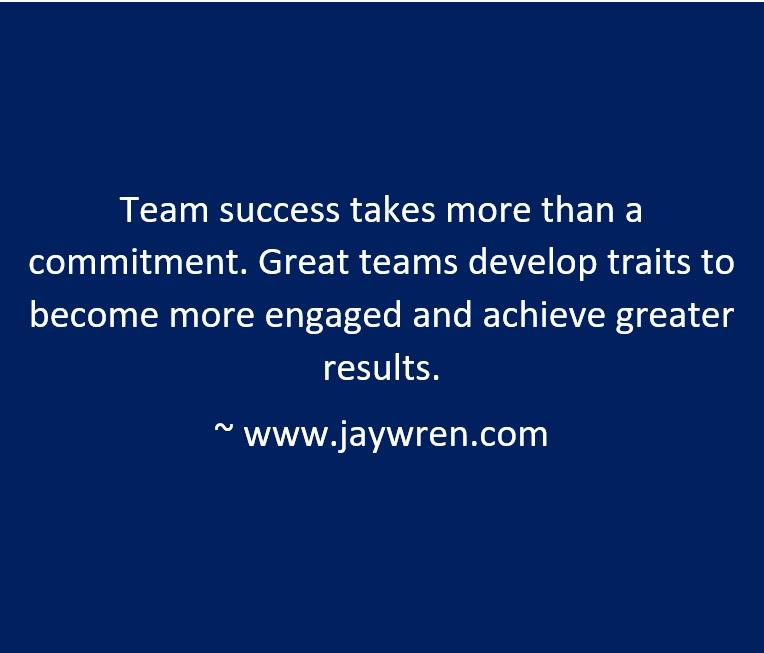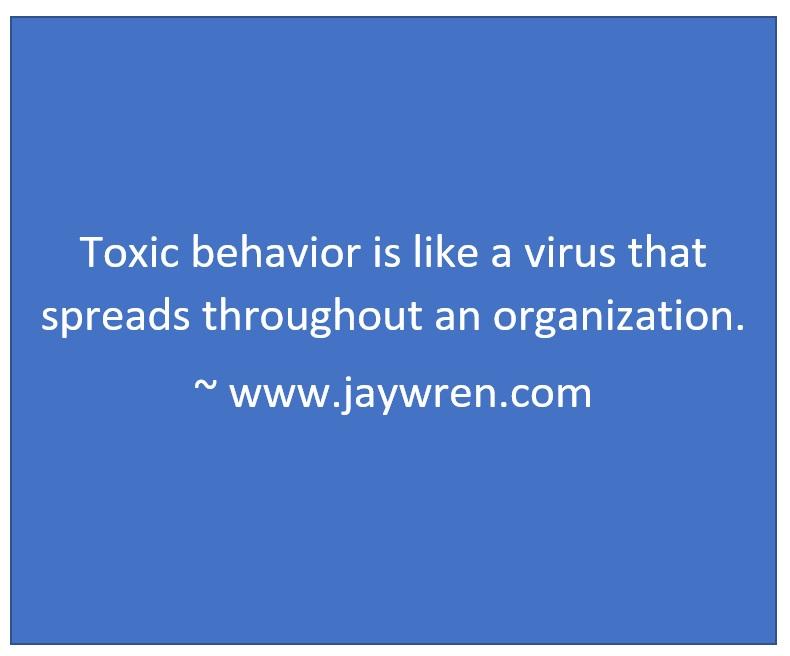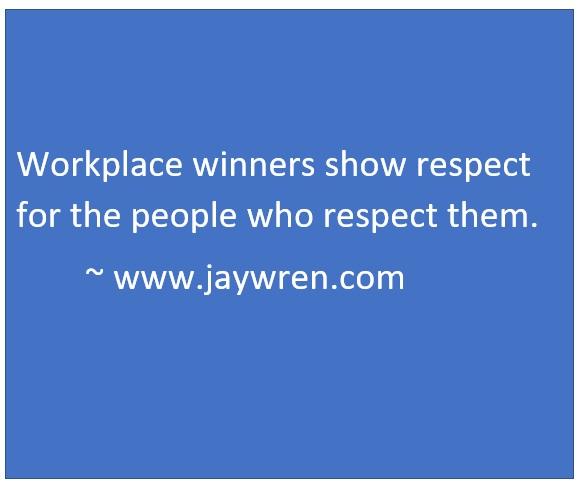Team Success: What traits engage and build loyalty among team members? This article covers five of the traits I have found among successful organizations.
Traits of Successful Teams
- Inclusiveness
- Ownership
- Recognition
- Honesty
- Communication
Inclusiveness
The words “we,” “our,” and “together” create feelings of membership in a group.
Additionally, calling people by their name increases bonds.
For example, picture this presentation. A team leader is recognizing a team’s efforts in front of other people in the company.
The presentation of the team leader might go like this.
“Bill and Sue are new members on our team. Together, our team has finished ahead of schedule and below cost. Furthermore, we have exceeded our team goals.”
Ownership
Accepting responsibility for mistakes is an important trait for members of a team. These are examples of ownership statements.
“I regret my mistake.” “I accept responsibility for the things I could have done better.” “I can and will do better.”
Recognition
Award ceremonies serve several purposes. One is to make people feel good about their work. A second, is to motivate people through recognition.
However, team leaders don’t need to wait for an award ceremony to give credit. Here are words to recognize contribution.
“You did a good job.” “Thank you.” “I would not have expected less from you.”
Honesty
Nice words are not enough to empower teams. The members need honesty. When they make mistakes, team leaders must help them see those mistakes.
Misleading team members damages the team’s effort.
People who are defensive about their mistakes lack humility and perhaps self-honesty. Insecurities cripple their ability to bond with a team. Rather than accept responsibility and correct their mistakes, these people become a burden to the team.
Here are some ideas for dealing with people who struggle with self-honesty.
Criticism of these people makes them feel more insecure. They become more defensive.
Team leaders can help defensive people become more effective team members by teaching them that taking ownership for their mistakes builds trust.
Additionally, team leaders can teach these people that most people make mistakes. However, denying mistakes or repeating mistakes makes these team members ineffective.
Communication and Team Success
Team leaders use effective communication to engage team members and create clarity and focus. Furthermore, it is important that effective communications exist throughout the organization.
Team members must know which issues to share with the team leader and with other team members.





